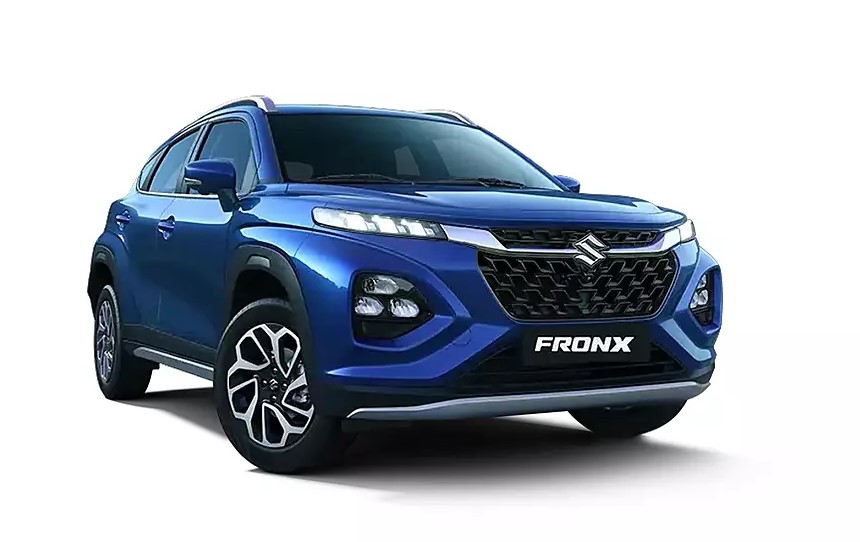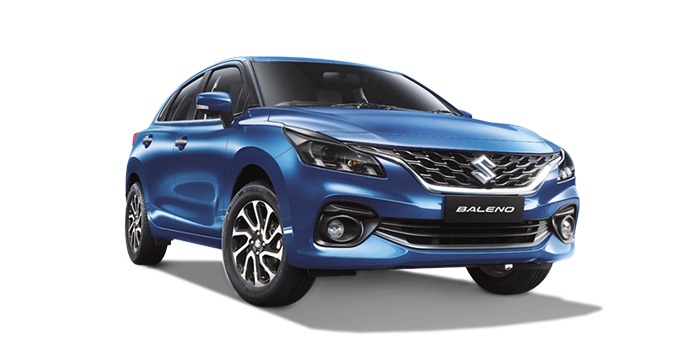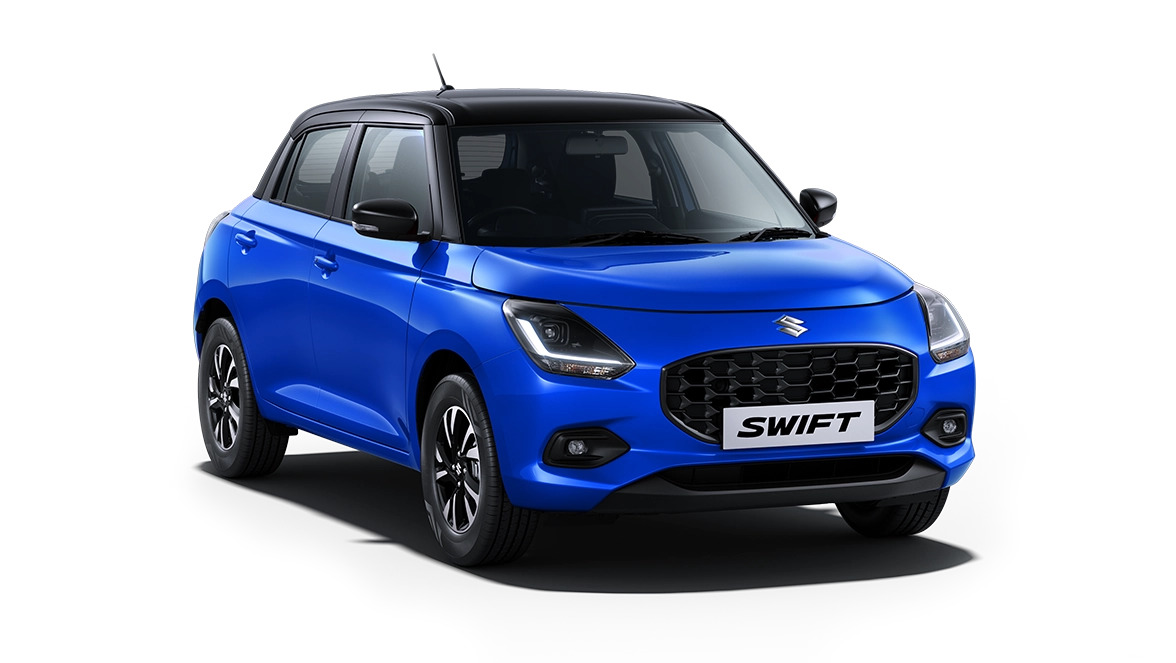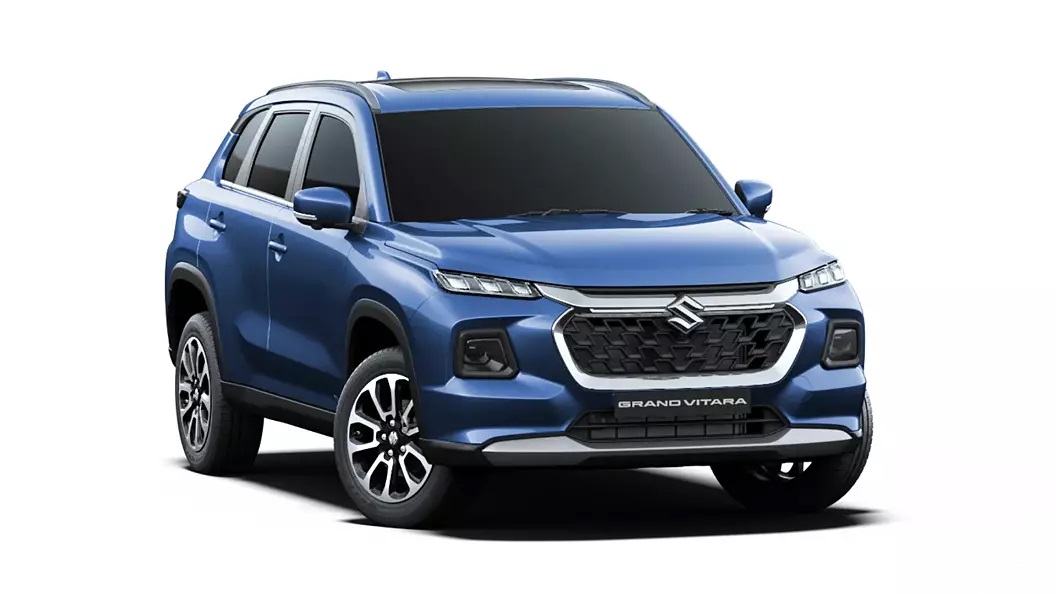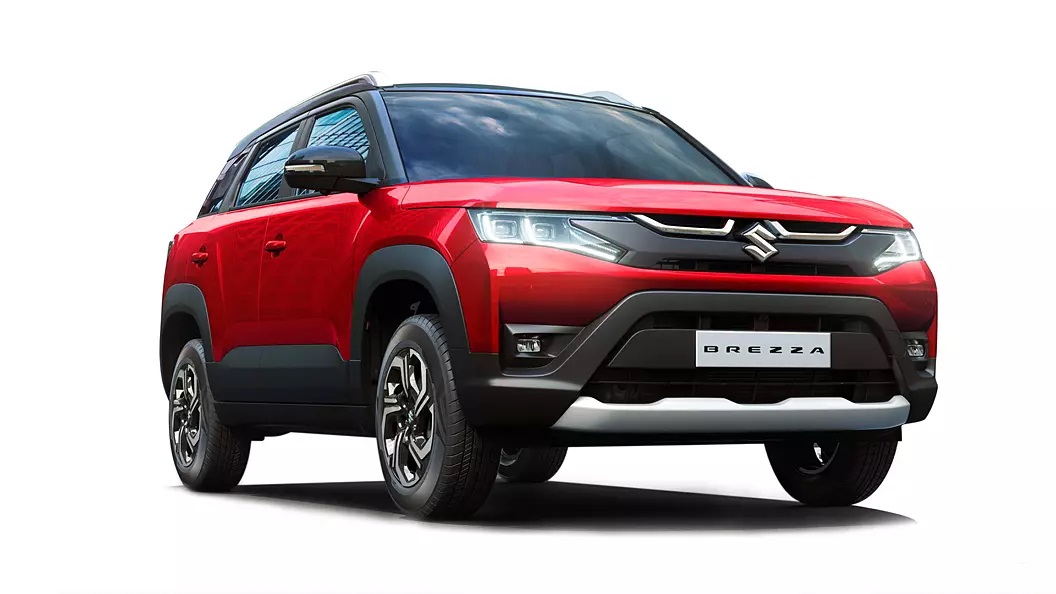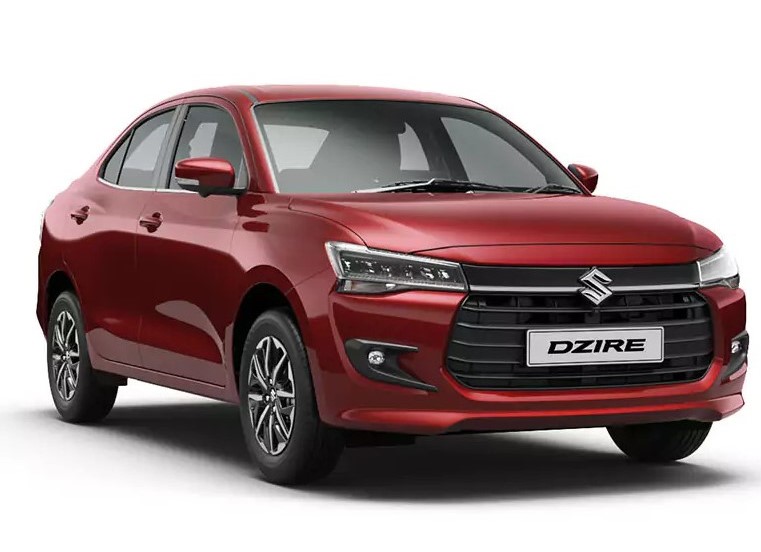Signs Your Car Battery Needs Replacement Immediately
Signs Your Car Battery Needs Replacement Immediately
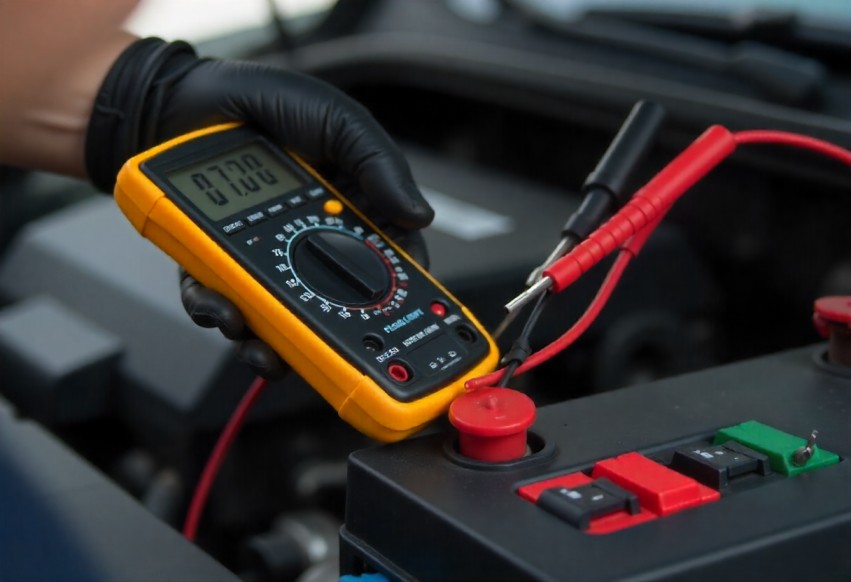
Most people discover a weak battery only when the car refuses to start. But the problem rarely appears overnight. It builds slowly, with small hesitations in the starter, lights that seem duller than usual, and a dashboard flicker that feels easy to ignore. In Kerala, this decline happens faster. Short city drives and constant humidity exhaust the battery long before its expected life. When that power fades, the alternator and starter carry extra strain, often failing soon after. Spotting these early changes isn’t just preventive maintenance; it saves you from being stranded at inconvenient places. A routine check at an authorised Indus Motor Company service bay lets technicians test the charge, verify the terminals, and advise timely replacement before a complete breakdown.
1. Slow Engine Crank or Hard Start
When a car battery starts to weaken, the first thing you often sense is hesitation. The engine doesn’t respond right away; it drags for a second or two before turning over. The sound changes as well, losing that sharp, confident crank and turning into a slower, uneven rhythm. Early mornings or long idle periods worsen it because a weak battery struggles to deliver current after resting. Many drivers mistake the problem for a starter issue, but it’s usually the battery’s charge plates wearing out. In Kerala’s humid conditions, the effect appears sooner than expected. At Indus Motor Company workshops, technicians frequently advise replacing such batteries early to protect the alternator from overload and avoid complete starting failure at inconvenient times.
2. Dimming Headlights and Weak Electrical Output
Headlights often reveal a weakening battery long before the car struggles to start. When the
beam looks dull or flickers as the engine idles, it usually means the voltage supply isn’t steady. The same drop shows up in cabin lights or dashboard glow, though many drivers overlook it. Modern cars depend on consistent current for everything from sensors to control units, so even small voltage dips can trigger false alerts or brief system resets. When air conditioning, wipers, and infotainment run together, the strain on an aging battery becomes obvious. A quick inspection at an authorised Indus Motor Company workshop can pinpoint the real cause, whether the battery is weakening or the charging system has started to drop voltage.
3. Clicking Sound When Turning the Key
A soft clicking sound when you turn the key is more than a minor inconvenience; it’s the car’s way of signaling low current flow. Even when a weak battery shows some voltage on a tester, it often doesn’t have enough push left to turn the starter. What you hear then is the solenoid trying to connect with a dry click, nothing more, because the current just isn’t strong enough to move the motor. Many drivers assume the starter motor is at fault, though in most cases, the issue lies in a drained or aging battery. Repeated attempts to crank the engine only worsen the discharge. Replacing the battery promptly is the safest step to prevent unexpected stranding once this pattern begins.
4. Swollen Battery Case or Leakage
When a battery starts puffing up, it’s already too late for repair. The swelling isn’t cosmetic; it means gas has built up inside because the plates are overheating. Sometimes such damage happens after long drives in peak heat or when the alternator keeps pushing charge into an already full battery. The case hardens, the plates bend, and from there, performance drops fast. You might see a bit of powder or acid stain near the caps; that’s leakage, not dust. Once it reaches that stage, the safest move is replacement. At Indus Motor Company, the team inspects the casing before every installation and sends any swollen or leaking unit straight for disposal, following proper environmental rules.
5. Frequent Need for Jump-Starts
Needing a jump-start once after accidentally leaving the headlights on is harmless. But if you’ve begun carrying jumper cables as a routine precaution, the battery is already failing to hold a charge. Sometimes a small electrical draw, such as a faulty relay or accessory left active, can drain power overnight. Still, in most cases, the battery itself has lost capacity from age or heat exposure. Each time you jump-start the car, the alternator works overtime to refill that weak cell, and the starter bears an extra load as well. After a few such episodes, both components start wearing out faster than they should. At Indus Motor Company, technicians usually advise replacement the moment repeated jump-starts become a pattern; it saves the electrical system from unnecessary strain.
6. Battery Age Exceeding 3–4 Years
Once a car battery crosses three years, its behavior starts to change in small ways. It might still start the engine, but the reserve charge drops faster than before. In Kerala’s heat, this decline happens early because moisture and temperature speed up chemical wear. A short daily commute or long idle time only adds to that stress. Many owners don’t notice the difference until the starter hesitates one morning. During regular service, Indus Motor Company technicians check the battery’s age and voltage under load. When the test shows weak output, the team usually suggests changing the unit right then. They usually suggest fitting a fresh battery right away; experience says it saves a lot of trouble later, both for the alternator and for the driver.
7. Battery Warning Light on Dashboard
That small red battery symbol on the dashboard is easy to overlook, yet it’s often the first sign that something is off with your car’s electrical flow. It doesn’t always mean the battery is finished; sometimes, it points to an alternator that’s undercharging or a loose connection in the circuit. If ignored, voltage can drop enough to make the engine stall without warning. Drivers usually notice it at night, when the lights dim or the power windows slow down. When that signal stays on after a restart, technicians at Indus Motor Company recommend bringing the car in right away for a proper electrical check.
Conclusion
Car batteries don’t stop working without a trace. Car batteries exhibit signs of failure, such as slow ignition one morning, weaker headlights the following week, and faint hesitation when starting after a brief stop. Ignoring these hints usually ends with a stalled car at the worst possible time. A quick voltage check or load test can catch the issue early and spare you the expense of towing or alternator repairs.
At Indus Motors Service Centers, our technicians run step-by-step tests, confirm faults, and fit only approved Maruti Suzuki units. Technicians check the new battery once more before returning the car, ensuring smooth starts and reliable performance for the driver.
Read to Know: 10 Bad Driving Habits That Damage Your Car

